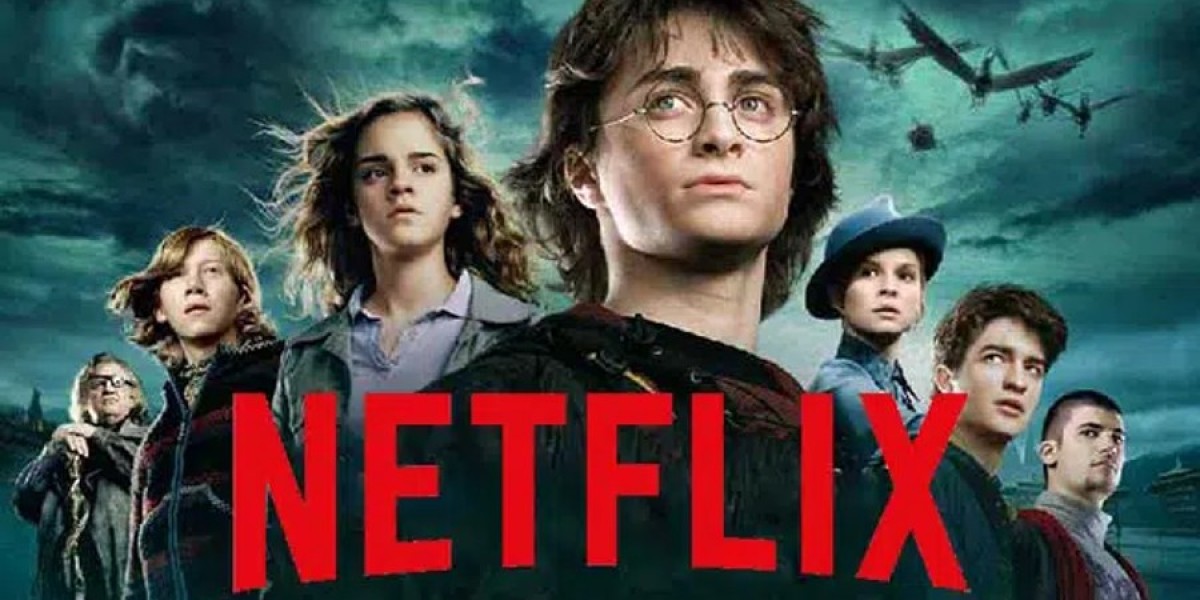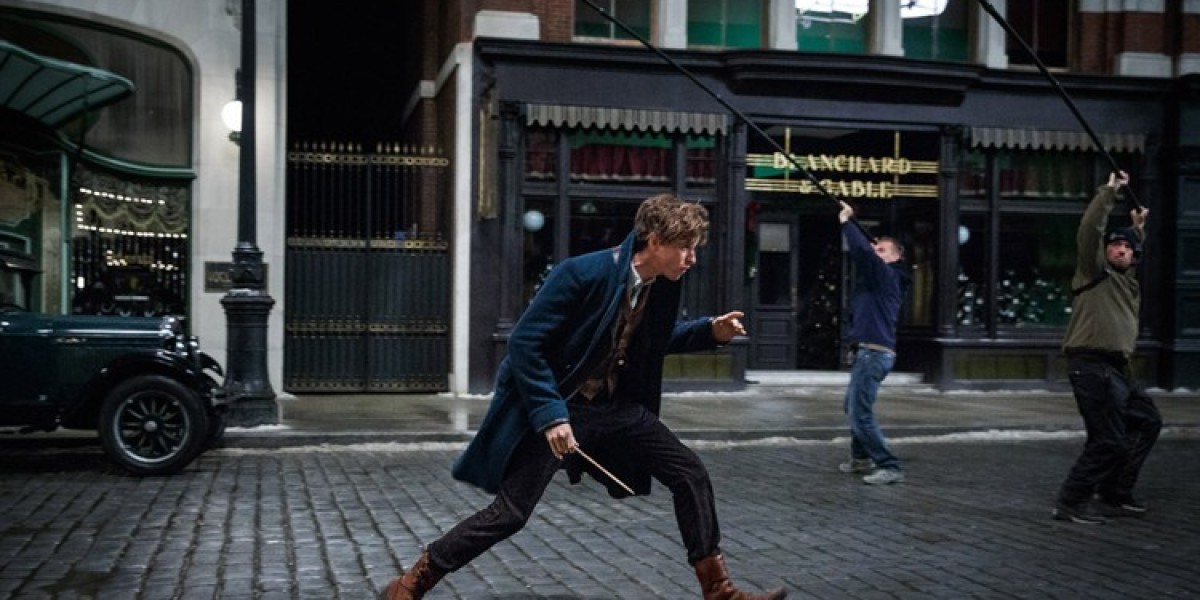Challenges in Production Design
Laurence Bennett, the production designer of "The Artist," faced a significant hurdle in recreating the essence of 1927 Los Angeles within a mere 35-day shooting schedule.
He reflects on the tight timeline, stating, “The preparation period was limited, and the narrative demanded a grand visual representation.” The complexity of the project lay in the multitude of sets and locations, presenting a logistical puzzle that required careful planning.
Finding authentic locations proved difficult due to the scarcity of original Hollywood structures, making it hard to discover street corners that embodied the right atmosphere.
Set decorator Robert Gould encountered his own challenges with the black and white film format. He meticulously repainted vintage furniture and dyed fabrics in contrasting tones to ensure clarity on screen. His quest led him to sift through Warner Bros.' research department and explore the vast prop warehouses in Los Angeles, searching for period-appropriate items like lampshades, decorative elements, and cash registers.
Surprisingly, while some props, such as a monkey sculpture, were readily available, the more ordinary items like lampshades proved to be a challenge in terms of quantity. Ultimately, Gould had to create about 25% of the lampshades used in the film.
The transformation of screenwriter-director Shane Black's French chateau-style home into a grand mansion set was a highlight, filled with vintage artifacts. Gould expressed pride in their work, stating, “We truly encapsulated the spirit of old Hollywood. There’s a certain enchantment about that era, and this film revitalized it.”
Stuart Craig, a seasoned veteran with three Oscars to his name, is well-acquainted with the world of production design. He has a unique way of displaying his awards, choosing to house them in a hand-crafted cabinet at home, which he designed himself, although not exclusively for the Oscars. “They’re not flamboyantly displayed,” he notes, reflecting his modest approach to recognition.This year’s Oscars are shining a spotlight on remarkable talent in art direction, with Craig and set decorator Stephenie McMillan receiving nominations for their work on "Harry Potter and the Deathly Hallows: Part 2."
Having dedicated a decade to the Harry Potter franchise, Craig faced new challenges in crafting the film's intricate battle scenes. "We were building a ruin from the ground up," he explains, highlighting the demanding process of set construction. For this installment, he and visual effects supervisor Tim Burke made a significant decision to develop a complete digital model of Hogwarts, opting against traditional miniatures.
Should Craig claim his fourth Oscar, he envisions it as a tribute to the entire Harry Potter series. "I can’t help but regard it as a body of work," he reflects, emphasizing his connection to the films.
But his journey in the Potter universe isn't over yet. Craig is set to contribute to the creation of the Harry Potter theme park at Universal Studios in Florida, stating, "In a very real sense it hasn’t ended... it may never end."
On another front, the film "Hugo" brings attention to the illustrious Dante Ferretti, who has received his ninth Oscar nomination. Having previously won for "The Aviator" and "Sweeney Todd," he is once again joined by his wife and set decorator, Francesca Lo Schiavo, who is nominated alongside him.
Reflecting on his extensive career, Ferretti notes, "Over the years I’ve done some big movies with Martin Scorsese, but this was the biggest." His commitment to "Hugo" spanned over a year and involved a dedicated team of twelve, as they meticulously designed and constructed key elements like the train station, clock tower, and Georges Méliès' studio and apartment, all from the ground up.To capture the essence of cinematic magic in three dimensions, the team behind the film dedicated time to filming at the prestigious Sorbonne in Paris before relocating to the UK.
Here, production designer Dante Ferretti constructed colossal sets that occupied six sound stages at both Pinewood and Shepperton, in addition to utilizing facilities at Longcross Studios.
The creation of the train station proved to be particularly daunting, as it necessitated the use of three distinct stages. Ferretti cleverly incorporated a real train onto the set, complete with custom-built tracks and platforms.
However, the construction of the clock tower held a special significance for Ferretti. Growing up in a small Italian town, he fondly remembered assisting a friend’s father, who was responsible for the local clock. When director Martin Scorsese presented him with the book that inspired the film, Ferretti felt a deep personal connection, as if it were a reflection of his own childhood experiences.
— Iain Blair
** Midnight in Paris **
With a modest budget, writer-director Woody Allen opted to forego costly soundstages entirely for "Midnight in Paris." The film was shot on location, yet cinematographer Darius Khondji ensured that the visuals transcended simple snapshots of the City of Light.
Production designer Anne Seibel and set decorator Helene Dubreuil meticulously reimagined various sites for the character Gil’s (portrayed by Owen Wilson) nocturnal adventures through time. One of the most intricate transformations occurred for a scene set in the Moulin Rouge during the 1890s.
They selected the historic La Cigale theater, which dates back 125 years, as the backdrop for the concert and returned it to its former glory with a false wooden floor, mirrors, balustrades, drapes, period-style lamps, and a grand chandelier adorned with a garland of bulbs.
Seibel even influenced a pivotal change in the script when she proposed using the Musée des Arts Forains (Museum of Fairground Art)—home to antique carousels and other amusement park treasures—as the setting for a 1920s party scene that had initially been intended for an apartment.
“Woody’s most remarkable quality was the trust he had in us,” Seibel reflected, noting her collaboration with Khondji and costume designer Sonia Grande on Allen’s subsequent project, "Nero Fiddled." “He may not have said much, but when he did, it was clear he appreciated our efforts.”
— Todd Longwell
** War Horse **
Rick Carte
Traditional Filmmaking in "War Horse
In contemporary Hollywood, the use of digital set extensions has become commonplace, especially for films that recreate historical environments. However, this trend does not apply to Steven Spielberg’s World War I film, “War Horse.”
Production designer Rick Carter, who previously won an Oscar for the visually stunning “Avatar,” emphasizes their commitment to traditional methods: “We built it.”
The team not only constructed charming European villages, farmhouses, and military barracks in various locations around London, but they also made significant landscape modifications. This included creating a rocky field for the horse to plow in the protected parkland of Devon County and assembling a vibrant sea of wheat for a cavalry scene by attaching cut stalks to Styrofoam.
One of the film's standout features was an expansive, 300-by-600-yard no-man’s land, which was crafted at the abandoned Wisley Airfield in Surrey, England. This intricate set included trench systems, barren trees, barbed wire, ponds, and ruts, all built on a sturdy hidden steel framework designed to bear the weight of actors, equipment, and galloping horses.
These tangible sets play a crucial role in Spielberg’s dynamic shooting approach. Unlike his earlier years of precise storyboarding, he now embraces a more spontaneous method. Carter notes, “He’s actually coming on to the set creating.” This hands-on approach pushes Spielberg to discover new creative possibilities, especially when surrounded by physical elements.
— Todd Longwell
Focus on the Oscars: Art Direction, Costume Design & Makeup
Costumes | Art Direction | Makeup
Celebrating exceptional costume design once more at FIDM
What are the Harry Potter Movies about and Where to Watch
The Harry Potter movies chronicle the adventures of a young wizard, Harry Potter, as he embarks on his magical education at Hogwarts School of Witchcraft and Wizardry, faces dark challenges, and discovers his true destiny. For those wondering where to watch harry potter , the films are available on streaming platforms like HBO Max, Amazon Prime, and sometimes Netflix, although geographical restrictions might apply. To overcome these barriers, viewers can use a Netflix VPN to access the movies from different regions.
Why Choose SafeShell as Your Netflix VPN?
If you're looking to access region-restricted content such as the Harry Potter movies, you may want to consider the SafeShell VPN . This VPN provides a comprehensive solution that ensures you can stream your favorite shows and movies on Netflix without any interruptions. SafeShell VPN stands out with its high-speed servers that are meticulously optimized for smooth streaming, offering lightning-fast connection speeds for buffer-free playback and high-definition viewing. Moreover, you can connect multiple devices at once, with compatibility across various operating systems like Windows, macOS, iOS, and more, ensuring seamless access on any device you choose.
In addition to speed, SafeShell VPN offers an exclusive App Mode that allows you to unlock content from multiple regions simultaneously, giving you the freedom to explore diverse entertainment options. The VPN's lightning-fast speeds eliminate buffering and throttling, providing an unmatched internet performance. Security is also paramount with SafeShell VPN, featuring the proprietary ShellGuard protocol that offers top-level security with advanced encryption and strong security features. This ensures your online privacy is protected, allowing you to browse with peace of mind and confidence that your data remains safe from prying eyes.
A Step-by-Step Guide to Watch Harry Potter with SafeShell VPN
To watch Harry Potter movies from different regions using SafeShell Netflix VPN , start by subscribing to SafeShell VPN. Visit the SafeShell VPN website and select a plan that aligns with your needs and budget. Once you've chosen a plan, click the "Subscribe Now" button to proceed with your purchase. Next, download and install the SafeShell VPN app. Return to the SafeShell VPN website, select the appropriate version for your device (whether it's Windows, macOS, iOS, Android, etc.), and download the app.
After installation, launch the SafeShell VPN app and log into your account. You'll find two modes available; for an optimal viewing experience on Netflix, select the APP mode. Then, browse through the list of available VPN servers and choose one located in the region whose Netflix library you wish to access, such as the US, UK, or Canada. Click "Connect" to establish a connection to your selected server. Finally, open the Netflix app or visit the Netflix website, log in with your Netflix account, and enjoy the Harry Potter movies available from your chosen region.








